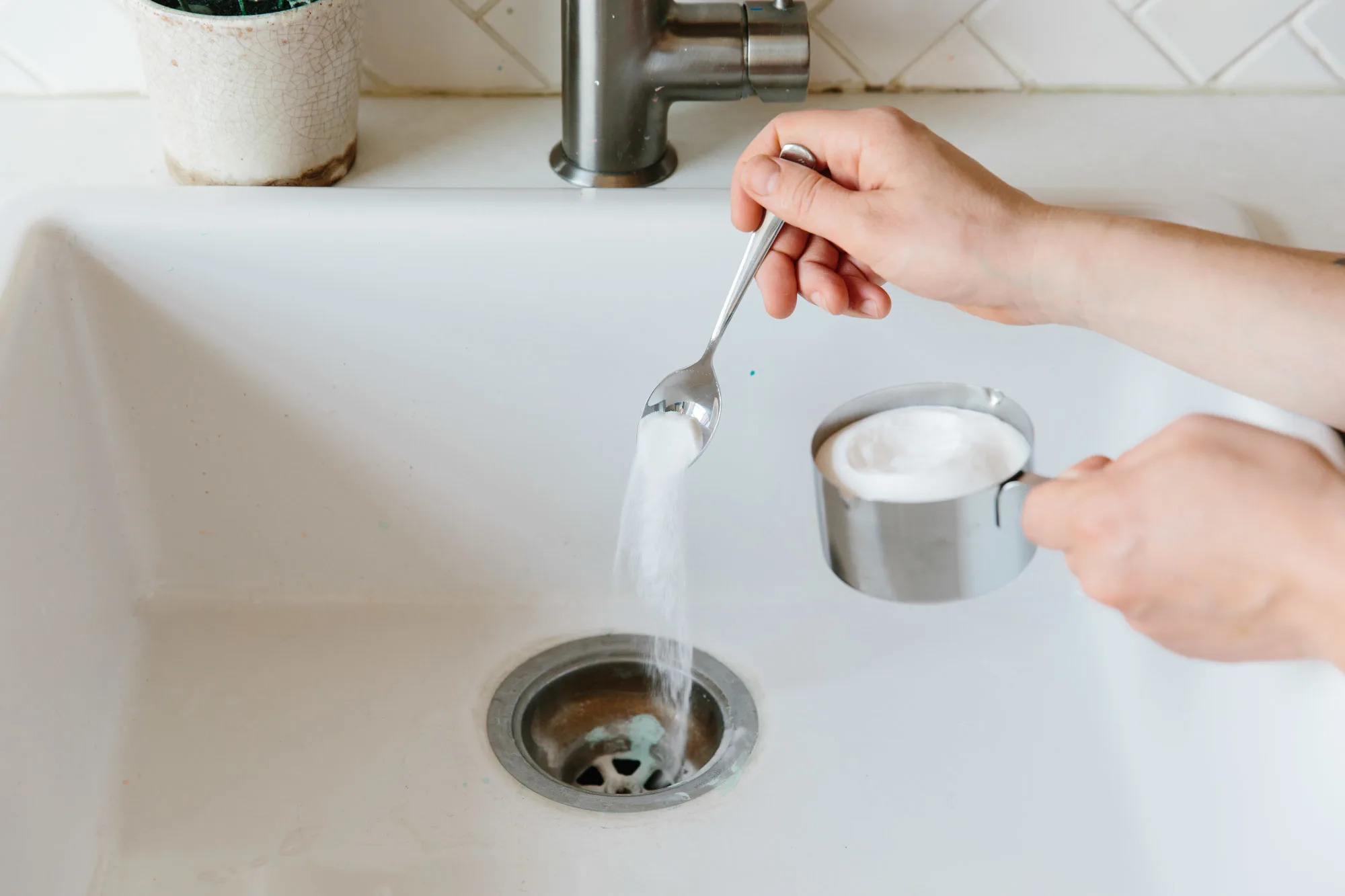

Articles
How To Clean A Stinky Sink Drain
Modified: February 28, 2024
Learn effective ways to clean a stinky sink drain with our informative articles. Say goodbye to unpleasant odors and enjoy a fresh and clean kitchen sink.
(Many of the links in this article redirect to a specific reviewed product. Your purchase of these products through affiliate links helps to generate commission for Storables.com, at no extra cost. Learn more)
Introduction
Having a stinky sink drain can be a frustrating and unpleasant problem. The foul odor that emanates from your sink can make your entire kitchen smell unpleasant and can create an uncomfortable environment for cooking and cleaning. Understanding how to clean and eliminate the odor from your sink drain is essential to maintain a fresh and healthy kitchen.
Before diving into the various methods of cleaning a stinky sink drain, it’s important to understand the cause of the odor. The accumulation of food particles, grease, and other debris can lead to clogged pipes and bacterial growth, resulting in a foul smell. Thankfully, with the right supplies and cleaning techniques, you can easily eliminate the odor and restore a fresh scent to your sink drain.
In this article, we will guide you through step-by-step instructions on how to clean a stinky sink drain. From gathering the necessary supplies to preventive measures to avoid future odors, we will cover all the essential aspects of keeping your sink drain odor-free.
So, roll up your sleeves and get ready to bid farewell to that unpleasant sink odor as we delve into the world of sink drain cleaning!
Key Takeaways:
- Say goodbye to stinky sink odors by using natural ingredients like baking soda and vinegar to eliminate buildup and bacteria. Regular maintenance and preventive measures will keep your sink drain fresh and odor-free.
- Understanding the causes of sink odors and using the right cleaning techniques, such as plunging and using a drain snake, will help you maintain a clean and pleasant kitchen environment. Regular cleaning and proper waste disposal are key to preventing future odors.
Read more: How To Clean Kitchen Sink Drain
Understanding the Cause of the Odor
Before you start cleaning your stinky sink drain, it’s important to understand the root cause of the odor. In most cases, foul smells coming from your sink drain are due to a buildup of food particles, grease, and bacteria. Understanding these causes will help you choose the most effective cleaning method.
Food particles: Over time, small food particles can get trapped in the drain and start decomposing. This can lead to a foul odor. Common culprits include bits of fruit peels, vegetable remnants, and other food scraps that have made their way down the sink drain.
Grease and oil: When you pour grease or cooking oil down the sink drain, it can solidify and accumulate inside the pipes. This not only leads to clogs but also creates a breeding ground for bacteria, resulting in unpleasant odors.
Bacterial growth: Bacteria naturally thrive in warm and moist environments, making your sink drain an ideal breeding ground. When food particles and grease build up, bacteria feed on these substances and release foul-smelling gases as byproducts.
Another common cause of odor is a dry P-trap. The P-trap is a U-shaped pipe under your sink that holds a small amount of water. This water creates a seal that prevents sewer gases from coming up through the drain. If the P-trap dries out, the seal breaks, allowing odors to escape into your kitchen.
By understanding the causes of the odor, you can properly tackle the cleaning process and prevent future smells from occurring. Next, we will discuss the supplies you will need to effectively clean your stinky sink drain.
Gathering the Necessary Supplies
Before you begin cleaning your stinky sink drain, it’s important to gather all the necessary supplies. Having the right tools on hand will make the cleaning process much more efficient and effective. Here are the supplies you will need:
- Rubber gloves: Wearing rubber gloves will protect your hands from coming into direct contact with any unpleasant substances or bacteria that may be present in the drain.
- Old toothbrush or scrub brush: This will be used to scrub away any visible debris or residue from the sink drain and surrounding areas.
- Baking soda: Baking soda is a natural deodorizer and can help eliminate unpleasant odors. It also has mild abrasive properties that can help remove buildup and stains from the drain.
- Vinegar: White vinegar is a powerful cleaning agent that can break down grease and help dislodge clogs. It also has natural antibacterial properties.
- Hot water: Hot water is essential for flushing out the drain and removing any loose debris or buildup. Make sure the water is hot enough to effectively clean the drain.
- Plunger: A plunger can be used to dislodge stubborn clogs that may be causing the odor. Make sure you have a plunger specifically designed for sinks.
- Drain snake: A drain snake, also known as a plumber’s snake, can be helpful for deep-cleaning the drain and removing any blockages that may be out of reach.
- Cleaning brush or pipe brush: A small cleaning brush or pipe brush can be used to clean the sink P-trap and other narrow areas.
Having these supplies ready will ensure that you have everything you need to effectively clean your stinky sink drain. Now that you’re prepared, it’s time to move on to the actual cleaning process. In the next section, we will discuss how to remove visible debris from the sink drain.
Removing Visible Debris from the Sink Drain
Before getting started with the cleaning process, it’s important to remove any visible debris or residue from the sink drain. This step will help clear the way for further cleaning and ensure that the odor-causing substances are eliminated.
Here’s how to remove visible debris from the sink drain:
- Put on your rubber gloves to protect your hands.
- Start by removing any visible food particles or debris from the sink drain. You can use an old toothbrush or scrub brush to gently loosen and remove the debris. Be careful not to push the debris further into the drain.
- Once you have removed the visible debris, use a damp cloth to wipe down the inside of the sink drain and the surrounding area. This will help get rid of any remaining residue or buildup.
- Dispose of the debris properly by throwing it in the trash or compost, depending on the nature of the waste.
By removing visible debris from the sink drain, you are taking the first step towards freshening up your sink and eliminating odors. However, keep in mind that there may still be hidden buildup deep within the pipes that can contribute to the odor. In the next section, we will discuss how to use baking soda and vinegar to further eliminate the odors and clean the sink drain.
Using Baking Soda and Vinegar to Eliminate Odors
Baking soda and vinegar are a powerful combination that can effectively eliminate odors and remove buildup from your sink drain. The reaction between the two ingredients creates a fizzing action that helps break down grease and organic matter. Here’s how to use baking soda and vinegar to clean and freshen your stinky sink drain:
- Start by pouring a pot of hot water down the sink drain. This will help loosen any debris or buildup and prepare the drain for cleaning.
- Next, sprinkle about half a cup of baking soda into the sink drain. Make sure to distribute the baking soda evenly, covering the entire drain area.
- After the baking soda, pour a cup of vinegar down the drain. The combination of vinegar and baking soda will create a foaming reaction. Do not be alarmed by the fizzing and bubbling – this is normal and indicates that the solution is working.
- Let the baking soda and vinegar mixture sit in the drain for about 15 minutes. This will give them time to work their magic and break down any greasy residue and odorous substances.
- After 15 minutes, flush the drain with hot water again. This will help rinse away any remaining debris and eliminate the odor.
Using baking soda and vinegar is an effective and natural way to clean and deodorize your sink drain. The combination of these ingredients can help remove buildup, eliminate bacteria, and leave your drain smelling fresh. However, keep in mind that this method may not be suitable for severe clogs or persistent odors. In such cases, you may need to try more advanced cleaning techniques. We will discuss these methods in the following sections.
Now that you’ve used baking soda and vinegar to eliminate odors, it’s time to move on to flushing the drain with hot water. This step will help ensure that any loosened debris is thoroughly removed.
Read more: How To Clean A Bathroom Sink Drain
Flushing the Drain with Hot Water
After using baking soda and vinegar to break down buildup and eliminate odors, it’s important to thoroughly flush the drain with hot water. This step will help remove any loosened debris and ensure that your sink drain is left clean and fresh.
Here’s how to flush the drain with hot water:
- Boil a pot of water on the stove or use hot water from your tap. Make sure the water is hot enough to effectively cleanse the drain.
- Carefully pour the hot water down the sink drain, ensuring that the entire drain area is covered.
- Allow the hot water to run through the drain for a few minutes. This will help remove any remaining debris and help flush out any residual odors.
- Repeat this process several times to ensure a thorough flush.
Flushing the drain with hot water is a simple yet effective step in the cleaning process. The hot water helps dislodge any remaining debris and washes it away, leaving your sink drain fresh and odor-free. Remember to exercise caution when pouring hot water to avoid any burns or accidents.
If the odor persists or you’re dealing with a stubborn clog, it may be necessary to use a plunger. Let’s explore how to use a plunger effectively in the next section.
To clean a stinky sink drain, pour 1/2 cup of baking soda down the drain followed by 1/2 cup of vinegar. Let it sit for 30 minutes, then flush with hot water. Repeat as needed.
Using a Plunger to Remove Stubborn Blockages
If you’re dealing with a stubborn blockage in your sink drain that is causing persistent odors, using a plunger can be an effective solution. A plunger applies pressure to dislodge clogs and allow water to flow freely through the drain again. Here’s how to use a plunger to remove stubborn blockages:
- Ensure that there is enough water in the sink to cover the base of the plunger. If not, add some water until it reaches an adequate level.
- Place the plunger over the drain, ensuring a tight seal between the plunger and the sink surface.
- Push the plunger down firmly, then pull it up quickly. Repeat this plunging motion several times to create pressure and dislodge the blockage.
- After plunging, check if the blockage has been cleared by running water down the drain. If the water flows freely, the blockage has likely been removed.
- If the blockage persists, you may need to repeat the plunging process or try using a drain snake for more stubborn clogs. We will discuss using a drain snake in the next section.
Using a plunger can be a simple yet effective method for removing stubborn blockages that may be causing odors in your sink drain. However, if the problem persists, it’s important to investigate further and consider cleaning the sink P-trap. Let’s explore how to do that in the next section.
Cleaning the Sink P-Trap
If you’re dealing with persistent odors in your sink drain despite attempting other cleaning methods, it’s time to clean the sink P-trap. The P-trap is a U-shaped pipe located beneath the sink, designed to trap debris and prevent sewer odors from entering your home. Over time, the P-trap can become clogged with buildup and contribute to unpleasant smells. Here’s how to clean the sink P-trap:
- Place a bucket or container beneath the P-trap to catch any water or debris that may spill out.
- Using a wrench or pliers, loosen the slip nuts on both ends of the P-trap. Be cautious as the P-trap may contain dirty water.
- Remove the P-trap and inspect it for any visible clogs or debris. Use a cleaning brush or pipe brush to scrub away any buildup.
- Once the P-trap is clean, rinse it with hot water to remove any remaining residue.
- Check the pipes leading to and from the P-trap for any clogs or debris. If necessary, use a drain snake or pipe brush to clear any blockages.
- Reassemble the P-trap by tightening the slip nuts, ensuring a secure fit.
- Run hot water down the drain to flush out any remaining debris and ensure proper drainage.
Cleaning the sink P-trap can be an effective method for eliminating persistent odors caused by buildup and clogs. However, if the odors persist or the blockage is severe, it may require professional help. Don’t hesitate to contact a plumber if you’re unable to resolve the issue on your own.
Now that you’ve cleaned the sink P-trap, let’s explore how to use a drain snake for deep-cleaning in the next section.
Running a Drain Snake for Deep-Cleaning
If you’ve tried various methods but are still experiencing odors and blockages in your sink drain, it’s time to bring out the big guns – a drain snake. A drain snake, also known as a plumber’s snake or auger, is a flexible tool designed to reach deep into the pipes and break up stubborn clogs. Here’s how to use a drain snake for deep-cleaning:
- Start by selecting the appropriate drain snake. Ensure that it is the right size and length to fit your sink drain.
- Insert the drain snake into the sink drain, feeding it slowly and gradually. Keep pushing the snake until you encounter resistance.
- Once you feel resistance, rotate the handle of the drain snake clockwise. This will help break up the clog and allow the snake to move further into the pipe.
- Continue feeding the drain snake until you’ve reached the clog or until you’re unable to push it any further.
- Once you’ve reached the clog, gently move the drain snake back and forth to break up the blockage. Avoid using excessive force to prevent damaging the pipes.
- Once the blockage has been loosened, slowly retract the drain snake, ensuring that it doesn’t catch on any debris.
- Dispose of any debris that may have been removed by the drain snake.
- Flush the drain with hot water to remove any remaining residue and ensure smooth flow.
Using a drain snake is an effective method for deep-cleaning your sink drain and removing stubborn blockages that may be causing persistent odors. However, exercise caution when using a drain snake to avoid damaging the pipes or causing further blockages.
Now that you’ve successfully used a drain snake to deep-clean your sink drain, let’s explore some preventive measures to avoid future odors in the next section.
Read more: How To Clean A Drain And A Kitchen Sink
Preventive Measures to Avoid Future Odors
Now that you have successfully cleaned your stinky sink drain and eliminated odors, it’s time to take preventive measures to avoid future issues. By incorporating these preventive measures into your routine, you can maintain a fresh and odor-free sink drain. Here are some tips to help you prevent future odors:
- Regular cleaning: Make it a habit to clean your sink drain regularly. This will help prevent the buildup of debris and bacteria that can lead to odors. Use baking soda and vinegar as a natural cleaning solution once a month to keep your drains fresh.
- Dispose of waste properly: Avoid pouring grease, cooking oil, or coffee grounds down the sink drain. Instead, dispose of these substances in the trash or use them in compost. This will help prevent clogs and ensure smooth drainage.
- Use a drain strainer: Install a drain strainer in your sink to catch food particles and debris before they enter the drain. Empty the strainer regularly to prevent buildup and potential clogs.
- Run hot water after use: After using the sink, run hot water down the drain for a few minutes. This will help flush away any remaining residue and prevent it from solidifying and causing clogs.
- Avoid chemical drain cleaners: While it may be tempting to use chemical drain cleaners for quick fixes, they can be harsh on your pipes and harm the environment. Opt for natural cleaning methods like baking soda and vinegar instead.
- Maintain the sink P-trap: Check the sink P-trap regularly for any signs of buildup or clogs. Clean it out if necessary to prevent unpleasant odors from arising.
By following these preventive measures, you can keep your sink drain fresh and avoid future odors. However, if you continue to experience persistent issues or severe blockages, it’s advisable to seek professional assistance.
Congratulations! You now have the knowledge and tools to clean your stinky sink drain and keep it odor-free. By implementing these steps and preventive measures, you can enjoy a fresh and clean sink for years to come.
Remember, proper maintenance is key to avoiding and resolving odors in your sink drain. With regular cleaning and preventive care, you can ensure a pleasant and hygienic kitchen environment. Happy sink cleaning!
Conclusion
Dealing with a stinky sink drain can be a frustrating and unpleasant experience. However, by understanding the causes of the odor and following the proper cleaning methods, you can eliminate the unpleasant smell and restore a fresh and clean sink drain.
In this article, we discussed the various causes of odors in sink drains, including food particles, grease, and bacterial growth. We explored the necessary supplies needed for cleaning, such as rubber gloves, baking soda, vinegar, and a plunger. We discussed how to remove visible debris, use baking soda and vinegar, flush the drain with hot water, and use a plunger or drain snake for stubborn blockages.
To prevent future odors, we emphasized the importance of regular cleaning, proper waste disposal, using a drain strainer, running hot water after use, avoiding chemical drain cleaners, and maintaining the sink P-trap.
Remember, consistency is key when it comes to keeping your sink drain odor-free. Incorporate these cleaning and preventive measures into your routine to maintain a fresh and clean sink drain for years to come.
If you have followed the steps outlined in this article and continue to experience persistent issues or severe blockages, don’t hesitate to seek professional help. A plumber can provide insight and assistance in resolving any underlying issues that may be causing the odors.
Now, armed with this knowledge, it’s time to tackle that stinky sink drain and enjoy a fresh and pleasant kitchen. Say goodbye to unpleasant odors and hello to a clean and inviting sink drain!
Frequently Asked Questions about How To Clean A Stinky Sink Drain
Was this page helpful?
At Storables.com, we guarantee accurate and reliable information. Our content, validated by Expert Board Contributors, is crafted following stringent Editorial Policies. We're committed to providing you with well-researched, expert-backed insights for all your informational needs.
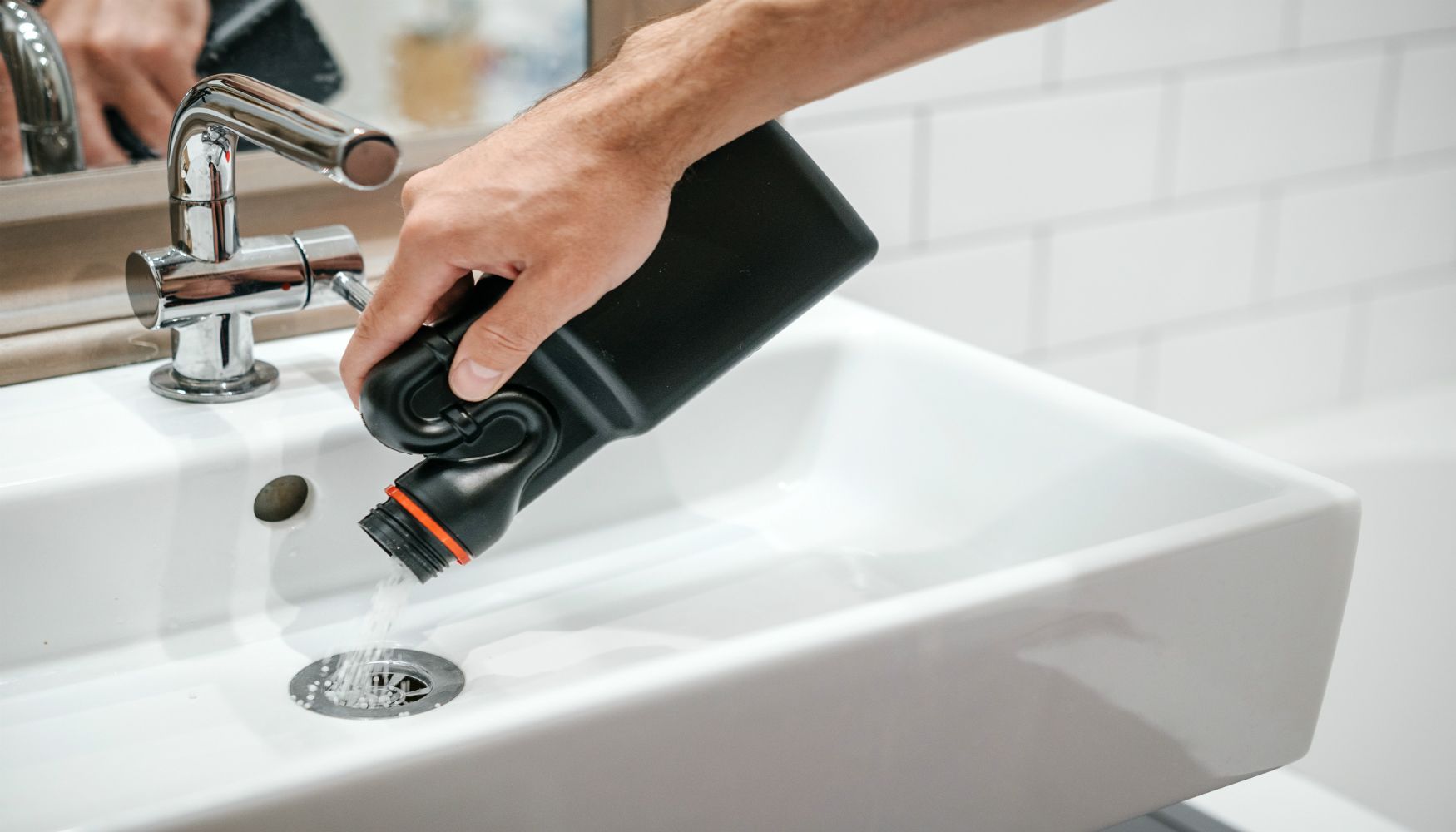
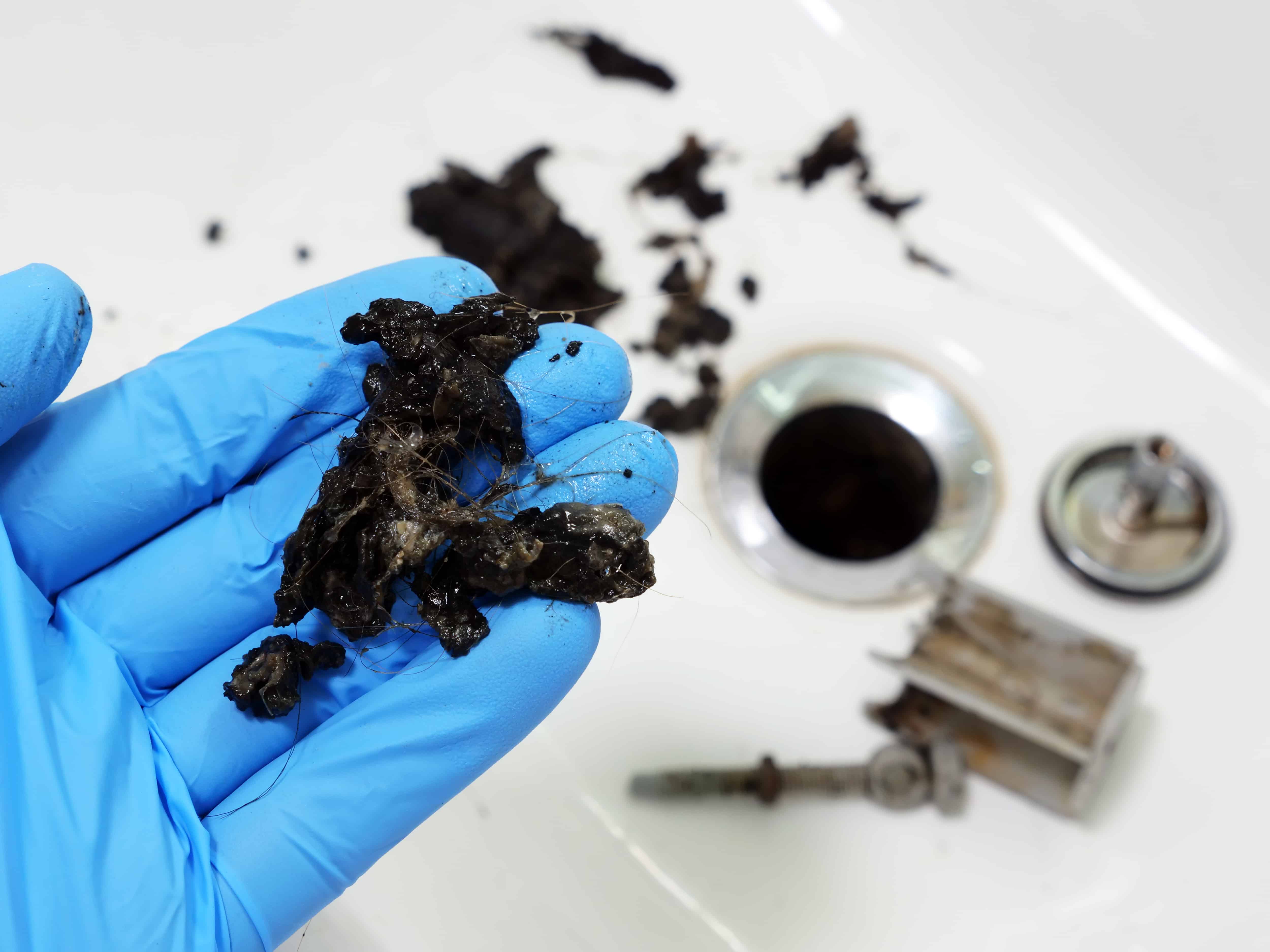
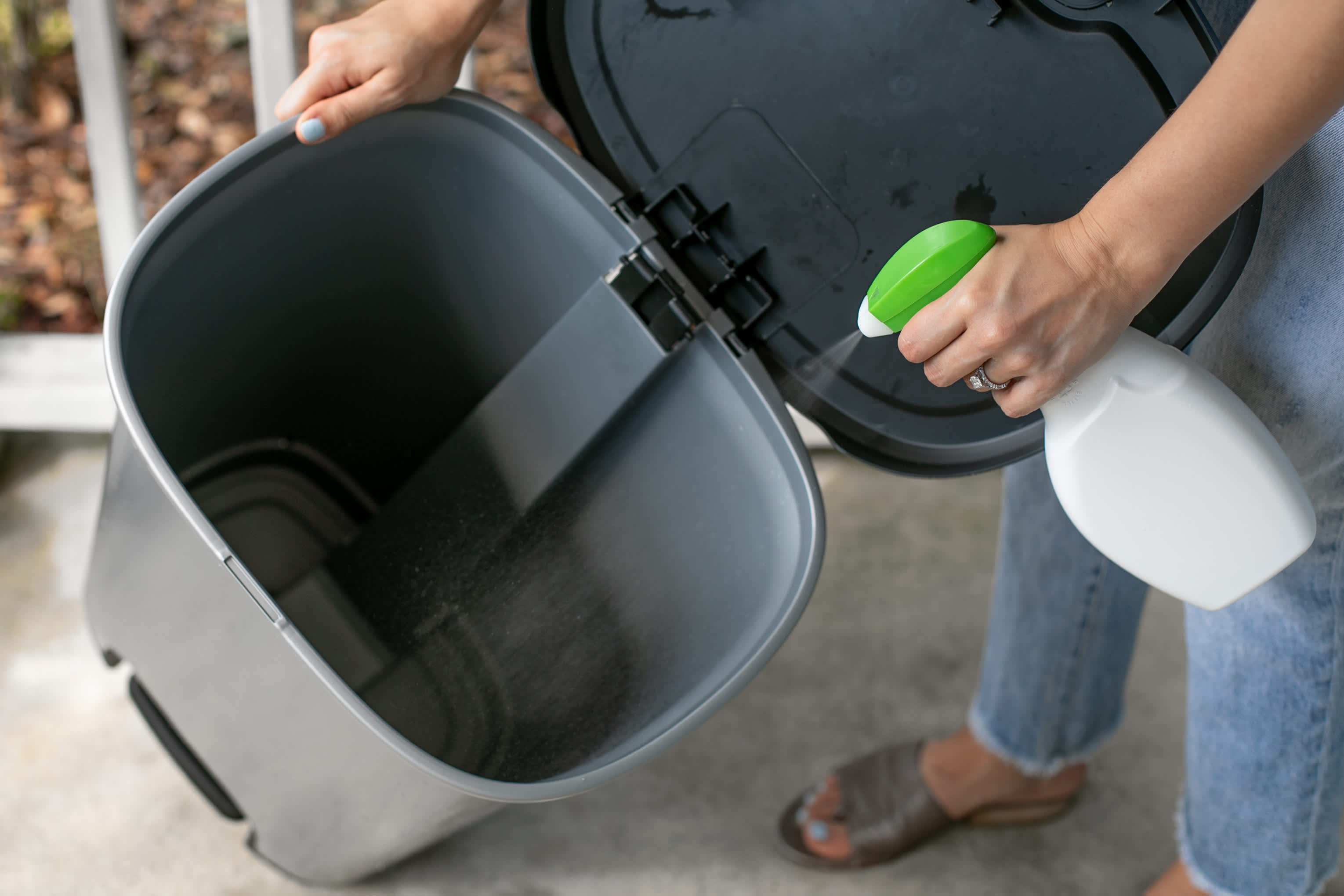
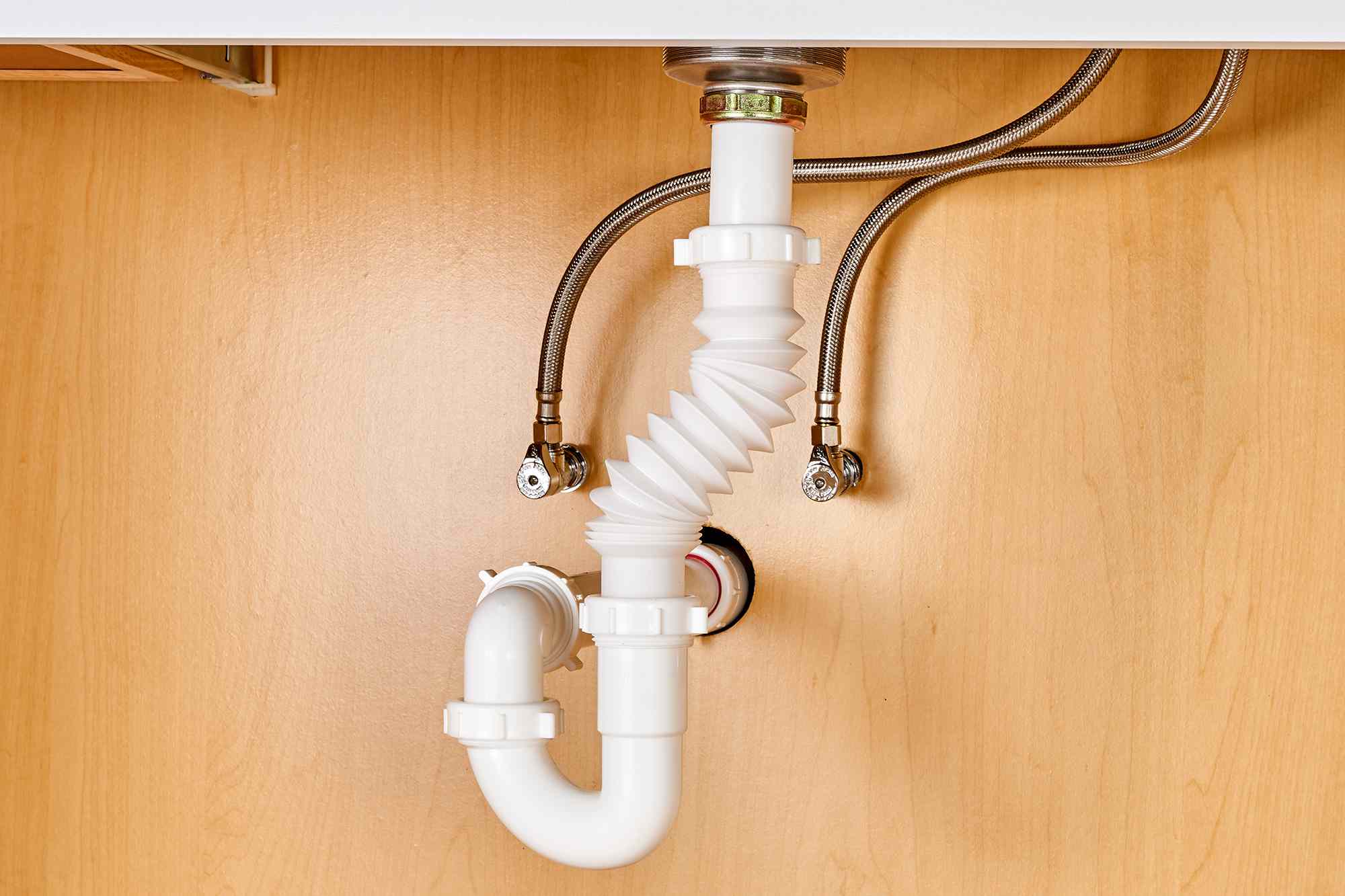
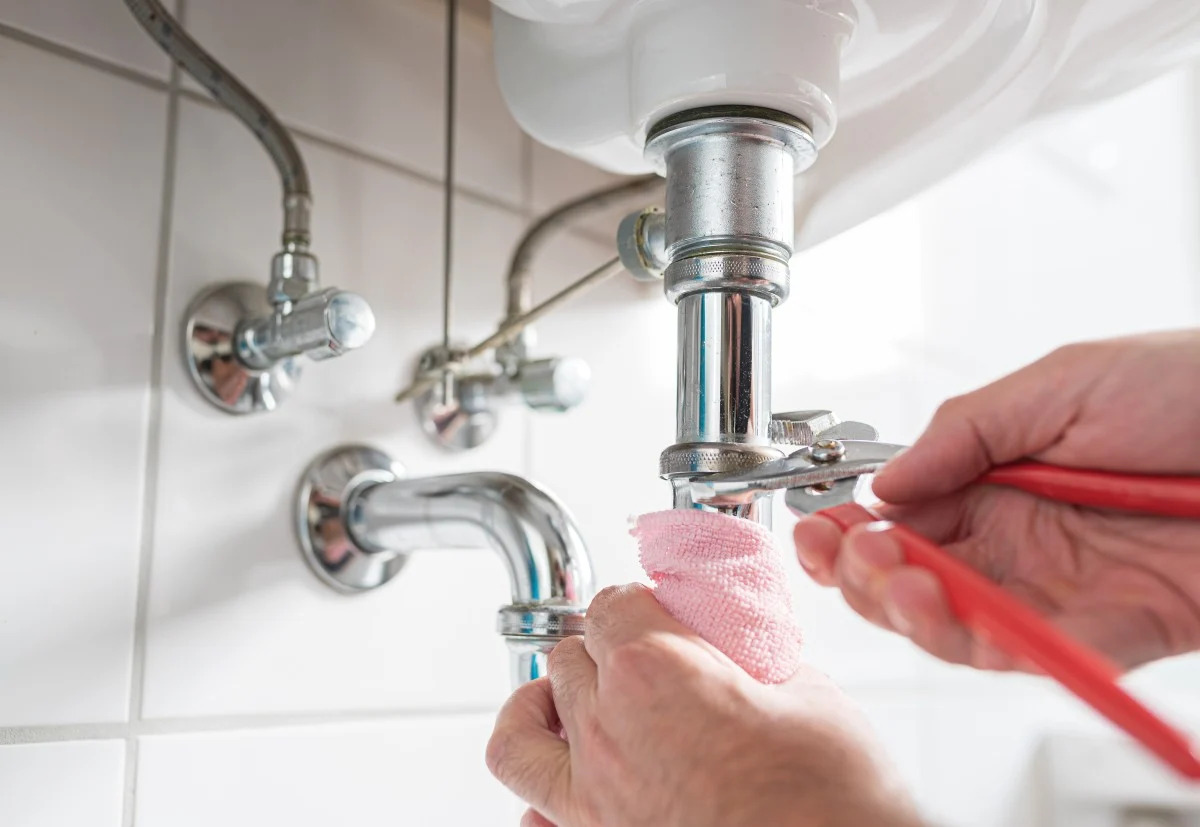
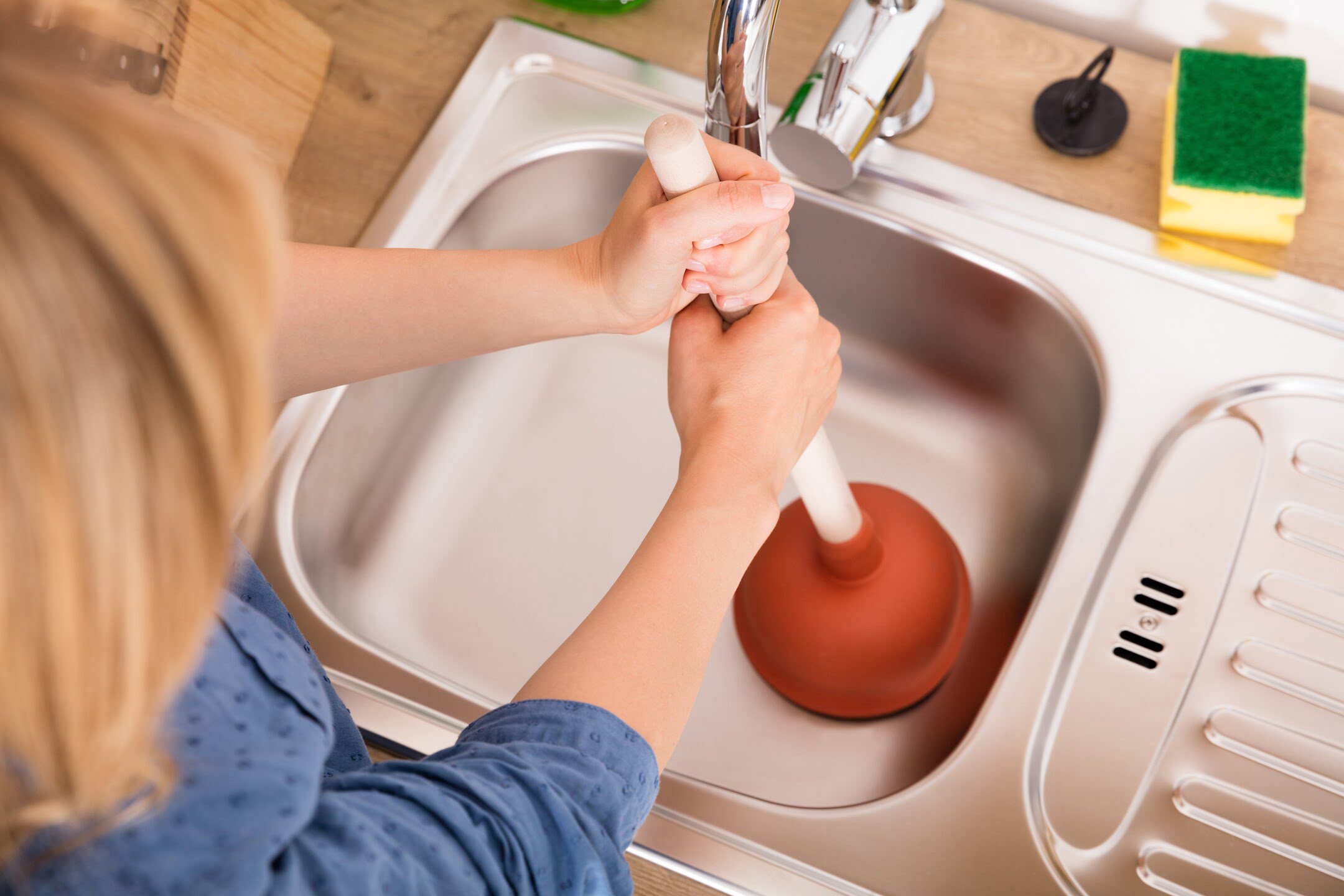
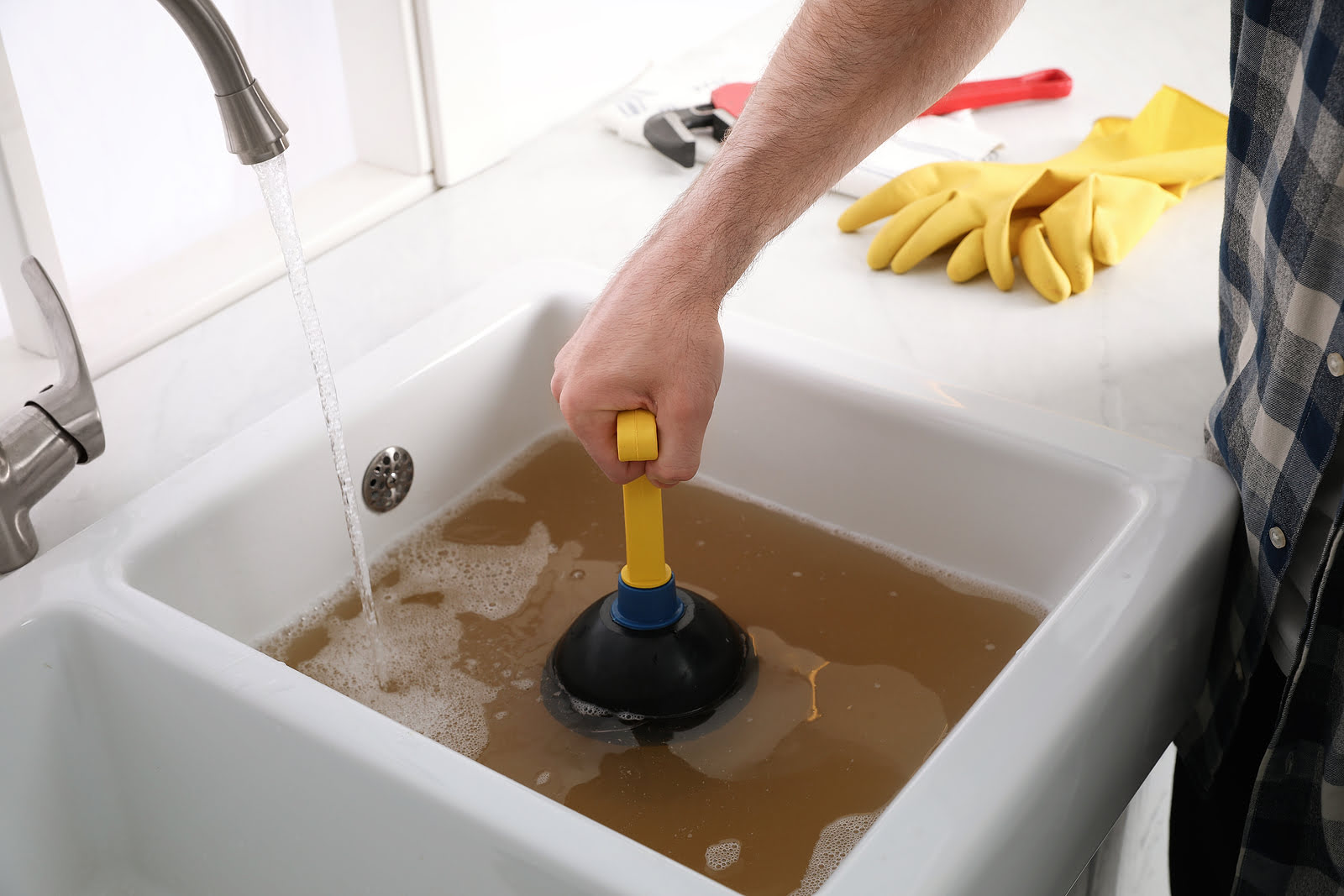
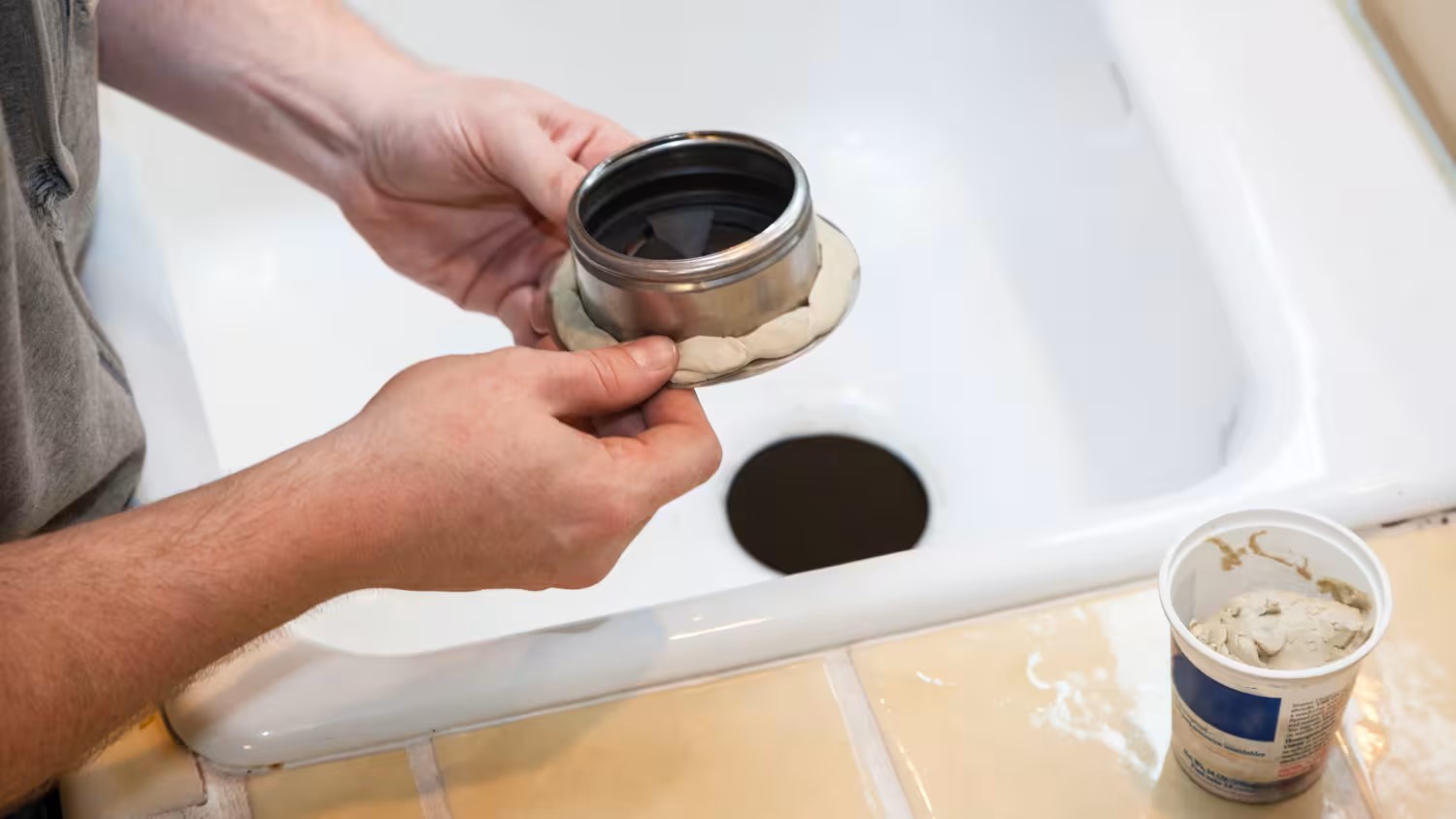
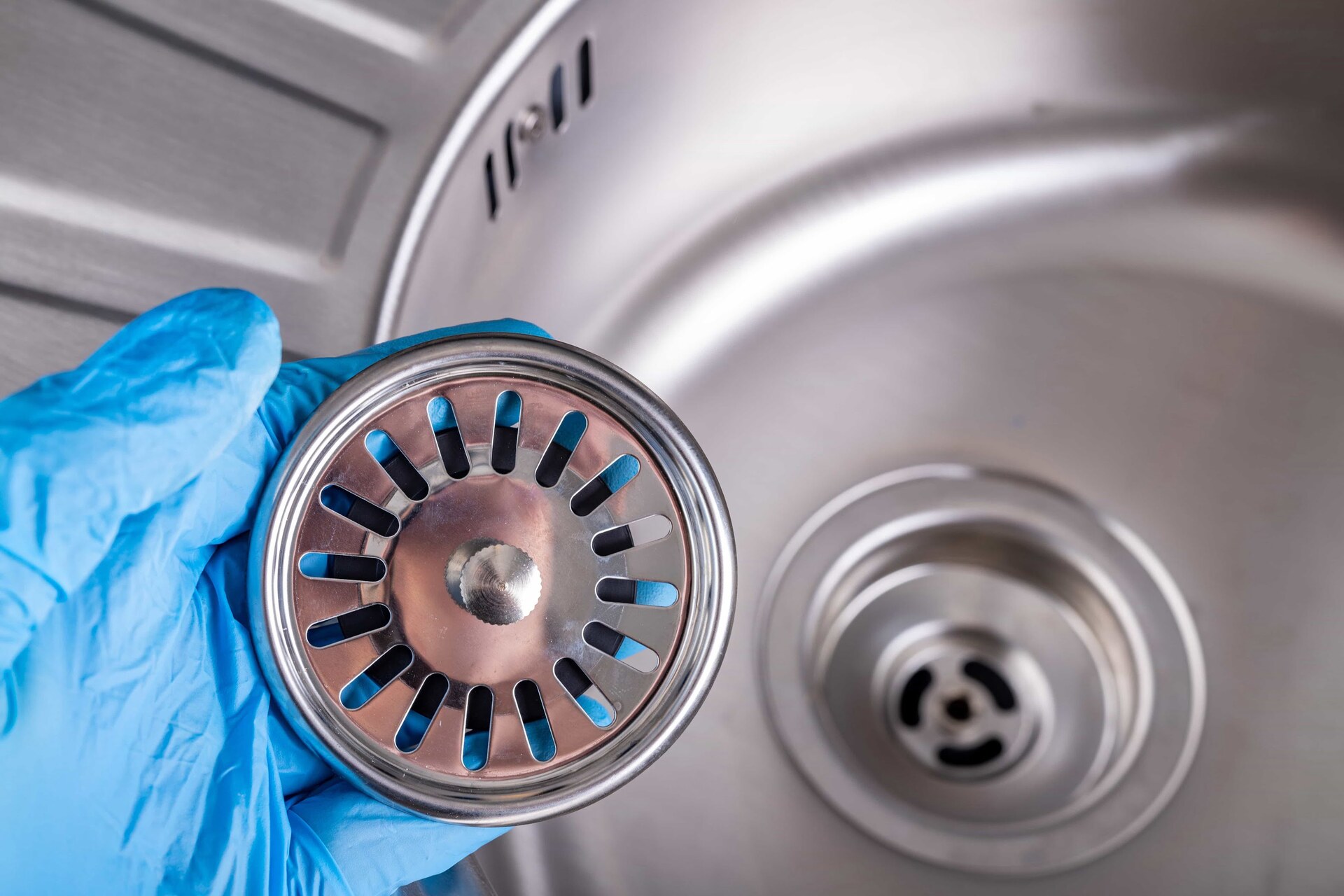
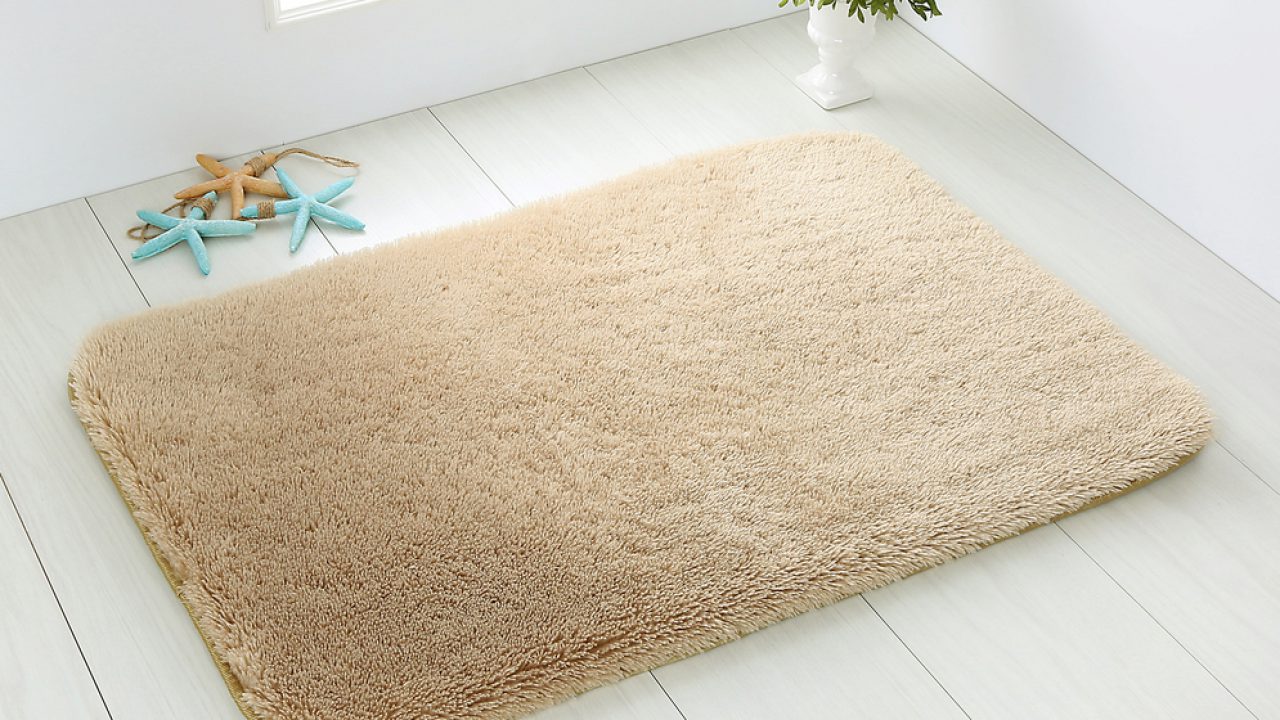
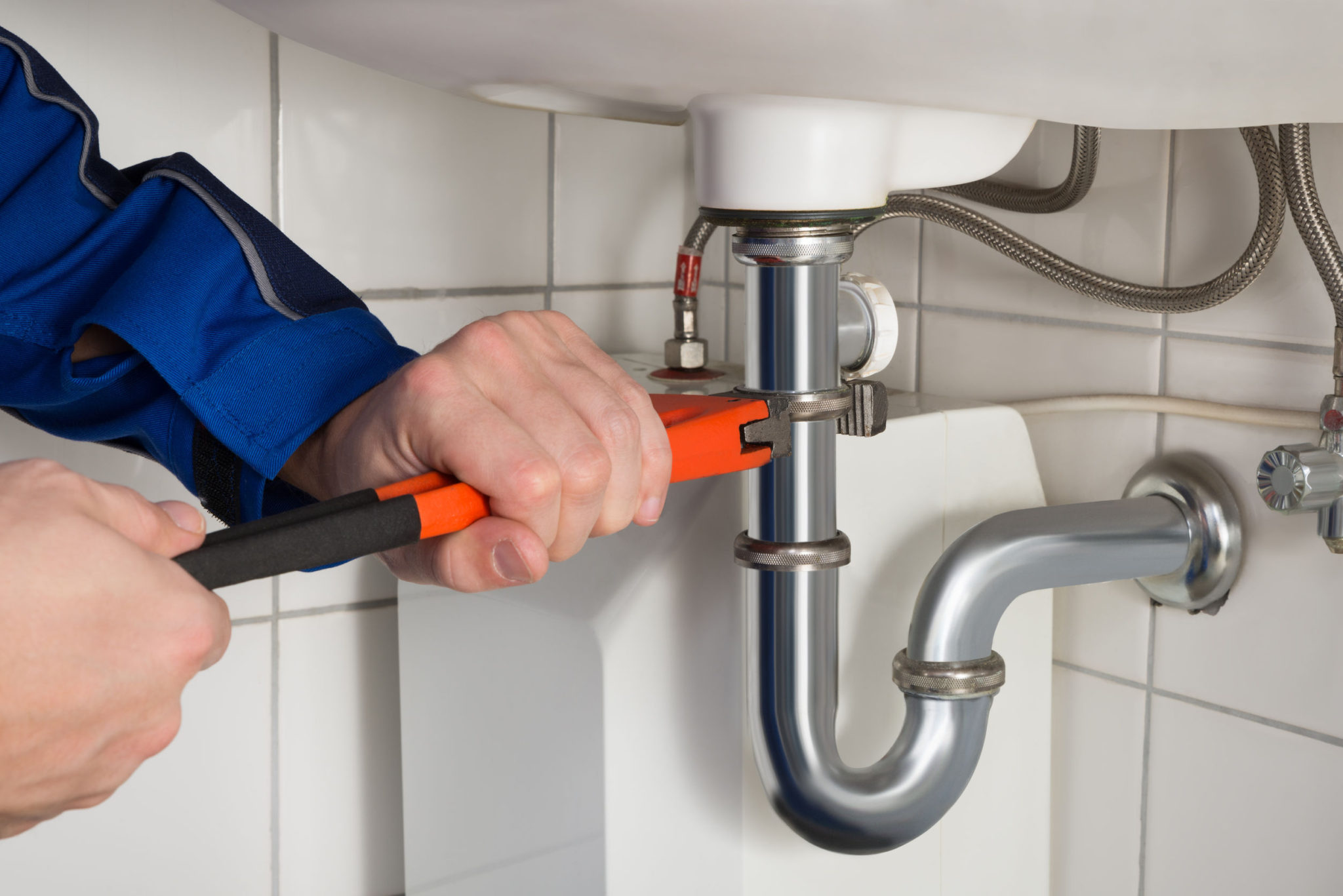
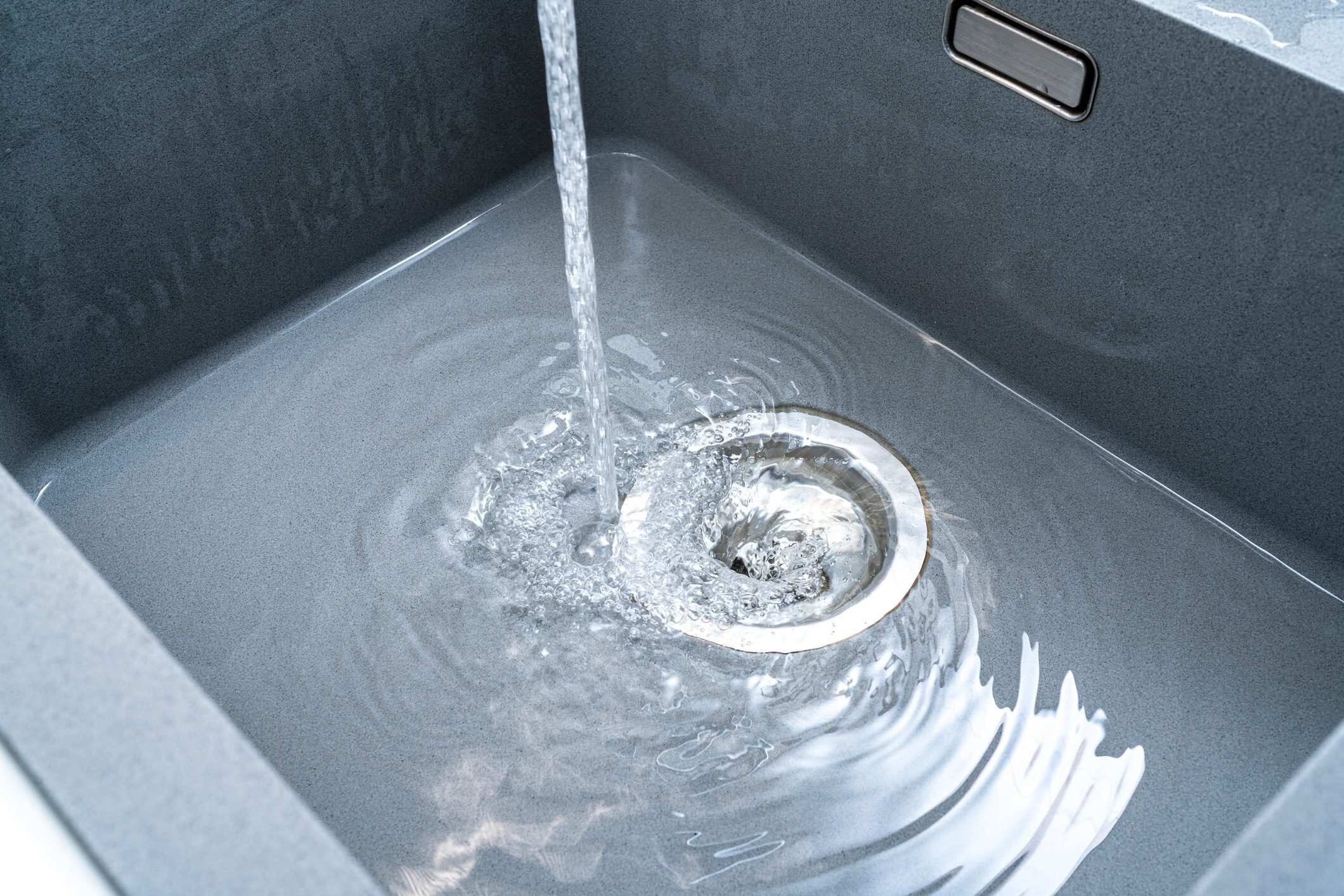
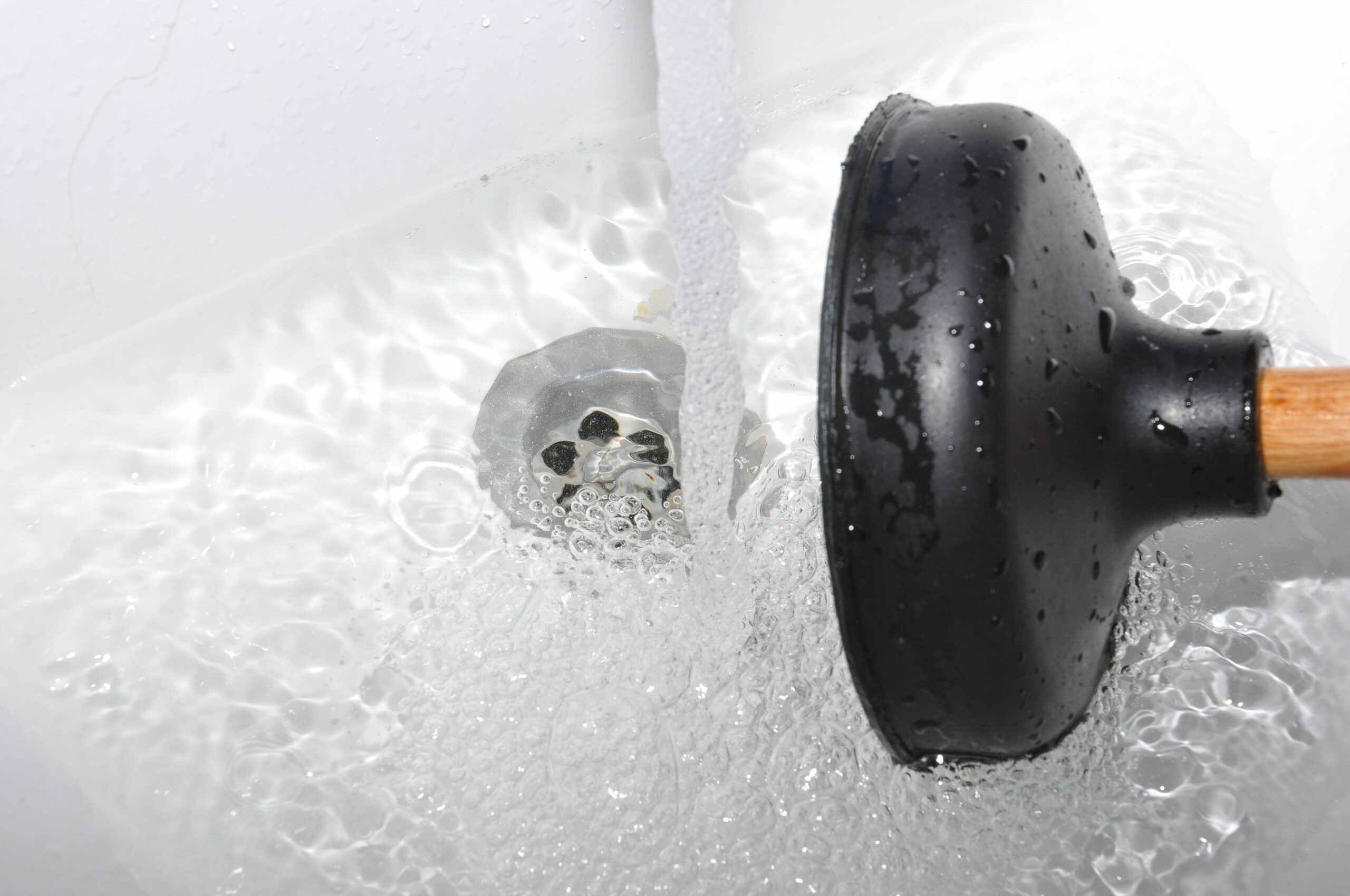

0 thoughts on “How To Clean A Stinky Sink Drain”